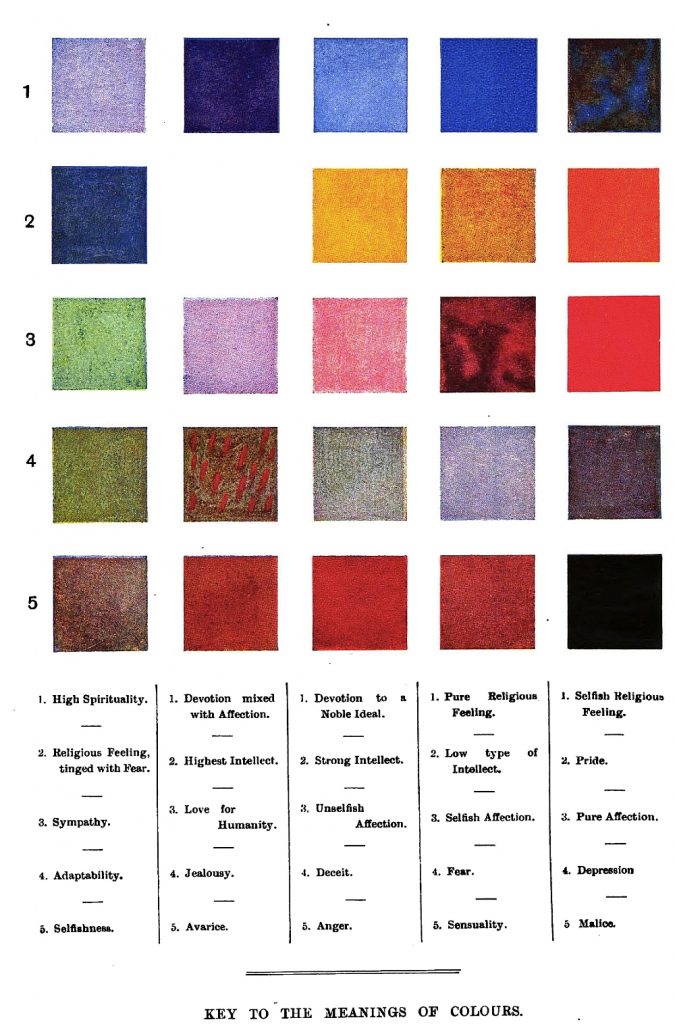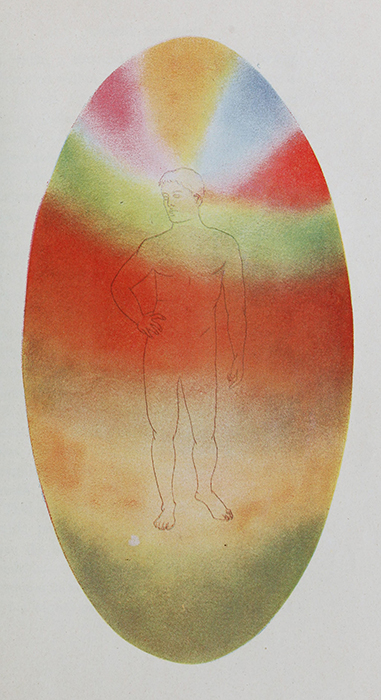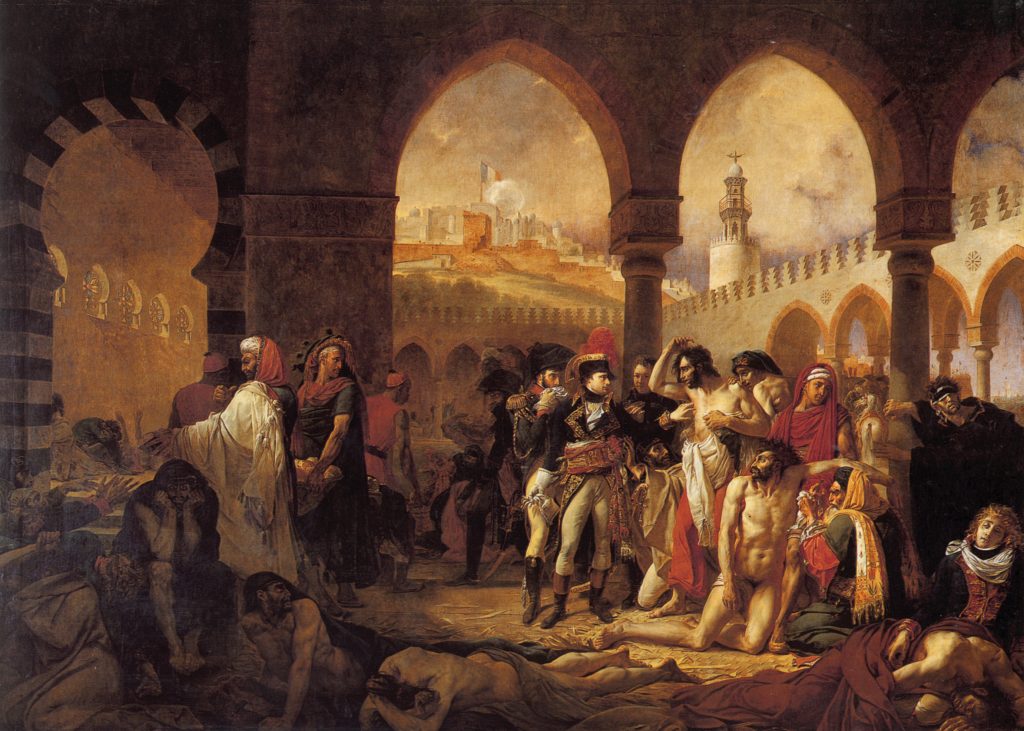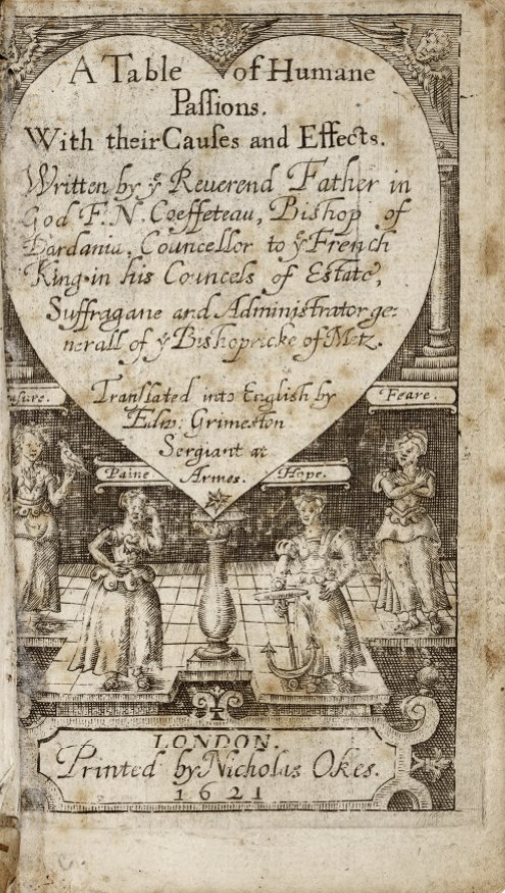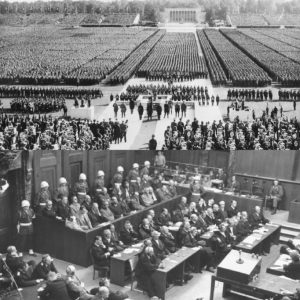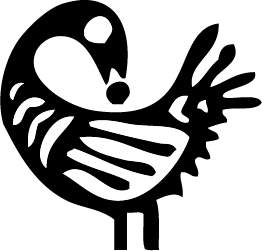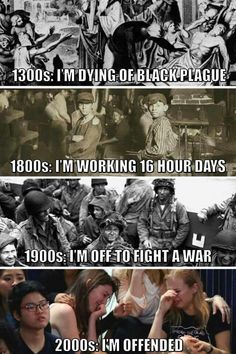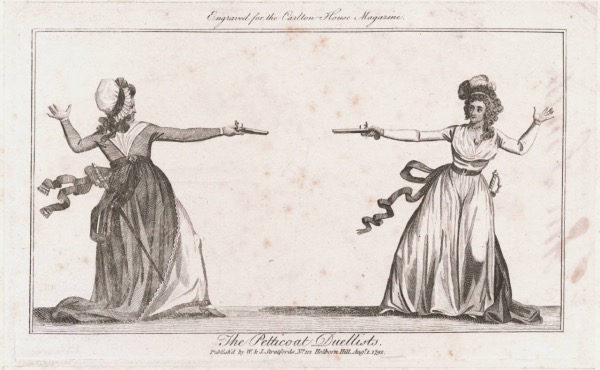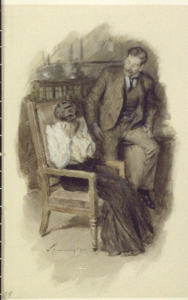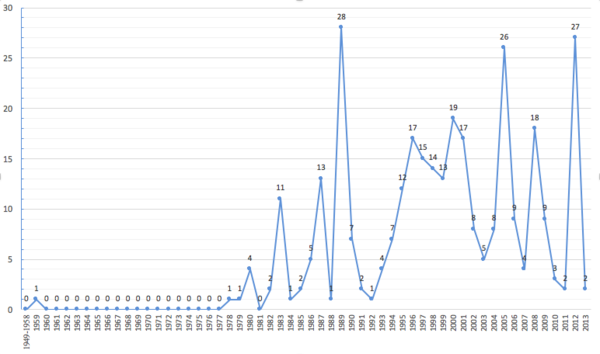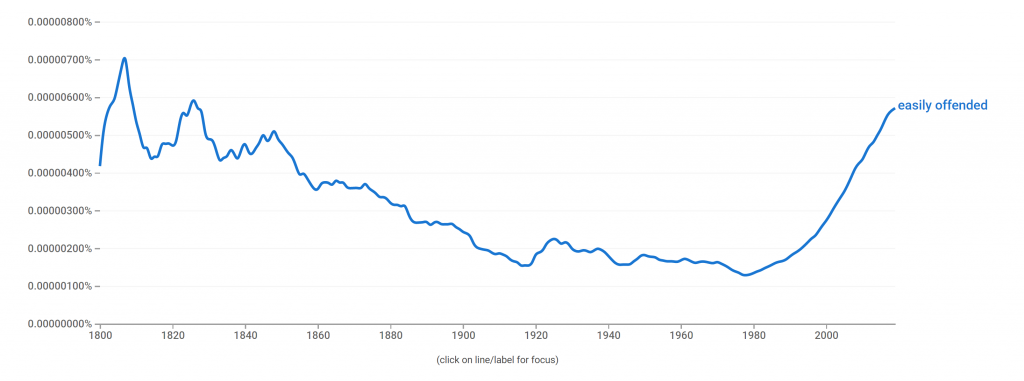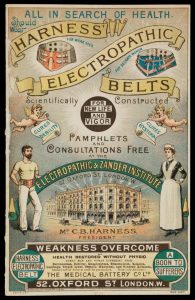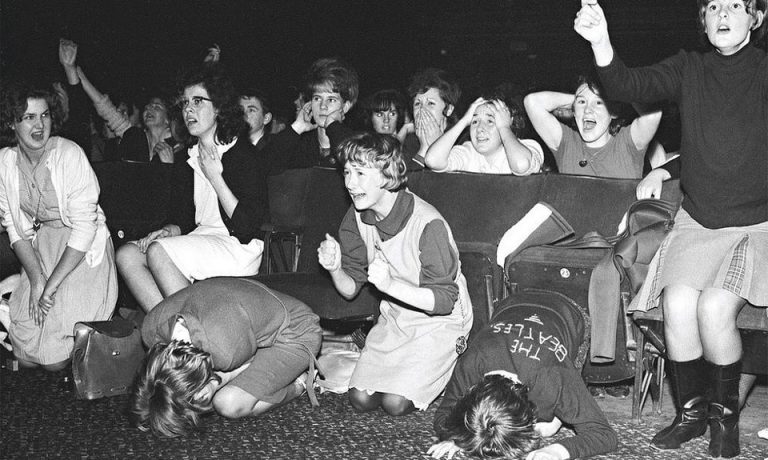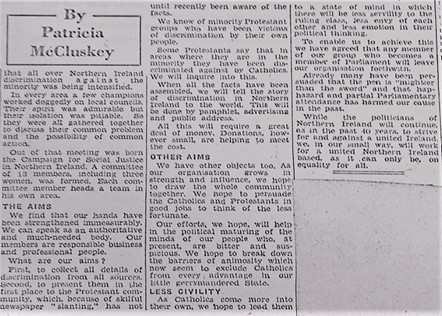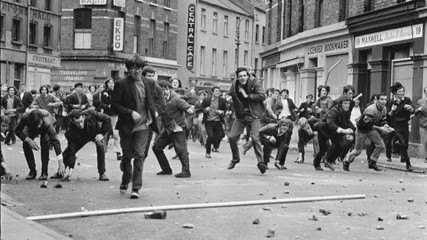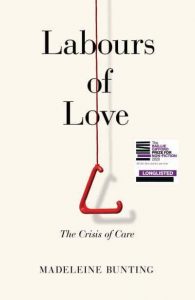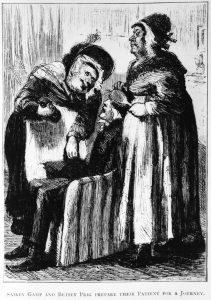Laura Nys is a visiting scholar at the Centre for the History of the Emotions, QMUL. She is currently writing a book on the history of emotions in Belgian juvenile reformatories (19th-20th centuries). Her research is funded by the Independent Social Research Foundation.
She is currently writing a book on the history of emotions in Belgian juvenile reformatories (19th-20th centuries). Her research is funded by the Independent Social Research Foundation.
In this post, Nys reviews Claudia Soares, A Home from Home? Children and Social Care in Victorian and Edwardian Britain, 1870-1920 (Oxford University Press, 2023) for the History of  Emotions Blog.
Emotions Blog.
A purring cat
Historians studying institutions of residential care have done much to unveil histories of power, neglect and abuse. They have brought to light histories of institutional violence while also offering insights from transitional justice to help societies come to terms with their legacies of abuse.[1] In A home from home? Children and social care in Victorian and Edwardian Britain, 1870-1920, Claudia Soares offers a different perspective, arguing that notions of family, belonging and home, too, were significant in institutions’ understandings of care.
A photograph from 1910, reproduced in the book, shows a group of children in the garden of St Martin’s Home. The matron is affectionately petting a cat on her lap, as two of the boys watch and one of them reaches out to touch its fur. The photo conveys a surprisingly homely and affectionate image of an institution of residential care, an image that does not quite correspond to the widespread idea of institutions as harsh and punitive establishments. Using the archives of the Ways and Strays Society (WSS), Claudia Soares shows that alongside notions of reform and discipline, values such as homeliness, family and belonging were integral to the WSS’ views of care.
Families, children and institutions of residential care
Founded in 1881, the Ways and Strays Society (WSS) provided care for children whose family was unable or unwilling to look after them. They were either sent to the Society by their families as a temporary measure, or they could be placed there after an intervention from local authorities. The institutions operating under the Society were of diverse nature, ranging from cottages to foster families. Using the children’s case files, personal correspondence and publications issued by the Society, Soares discusses not only the WSS’ understandings and practices of care but also the experiences of the institutionalised children and their families.
As only a minority of the children in the Society’s institutions were orphans, their birth family remained an important factor in their lives. The book pays considerable attention to the families’ interactions with the Society. Analysing the bureaucratic paperwork, Soares shows how the admission documents were a site of negotiation between the WSS and the families, who each strove to gain or keep authority over the children (chapter 1). Tensions could arise over the parents’ desire to keep in touch with their children or their wish to reclaim their children once the family’s economic situation had improved (chapter 3). The bureaucratic documents, as Soares shows, reveal the Society’s wish to establish an institutional family and their attempts to gain control over the children. While Soares acknowledges the unequal power relations between the Society and the families, she also shows that the Society was sensitive to familial preferences and willing to preserve the parent-child relationships. The parents’ letters, furthermore, provide insights into values of working class families and in particular the importance of affection and emotional bonds between parents and children.
Creating a home
Several chapters of the book show how the WSS tried to create a substitute family for the children under its care, emphasizing notions of homeliness and belonging. Family-time rituals such as Christmas gifts helped forge a sense of family, while offering treats to children symbolised an attentive, personalized and affective care (p. 151). Particularly interesting is chapter 4, where Soares discusses how domestic ideals were translated in the material design of the institutions. Inspired by middle-class domestic ideals on comfort, beauty and authority, the institutions’ material environment embodied Victorian values of morality and industry, which were considered pivotal for the training of working-class children. Favouring small-scale homes, the WSS encouraged the institutions to create a homely feeling through decoration, while possessions – both shared and individual – taught children to respect each other’s properties. In a similar vein, keeping pets or maintaining gardens (chapter 5) was encouraged to promote family ideals in the institutions of residential care. The role of these practices is thoroughly analysed by Soares, who uses not only written but also visual sources.
In discussing the practices of care, Soares remains aware of the ambivalent nature of the sources. Many photos featured in the official publications of the WSS and intended to convey a favourable image of the WSS’s institutions. On several occasions, Soares states that the WSS liked to contrast itself with other welfare organisations and thought itself superior to other institutions (p. 110, 145, 160, 173). Nevertheless, the book contains some assumptions which, though not impossible, seem fairly optimistic. The dormitory, for instance, is described as “the space where intimate moments were shared – expressions of solidarity and compassion, moments of vulnerability and consolation, laughter, and friendships forged between residents” (p. 112), whereas tea time “created time and space for family togetherness, where interest in and fondness for children might be articulated” (p. 114). The word ‘might’ is important, and testifies of Soares’ care and carefulness, for it is hard to know whether the institutionalised children experienced the spaces in such a way.
Soares has taken great effort to bring to the fore sources that reveal children’s experiences. Throughout the book, she cites correspondence that sheds light on the voices of families, children and staff members, sometimes showing tensions, but often showing traces of care and affection. The last chapter, discussing post-institutional contact between children and staff members, is especially interesting. While the provision of aftercare was not standardised and not available to all children who left the institutions, the sources suggest that the children held certain expectations and felt they were entitled to help from institutional staff. Letters written by children after discharge that were published by the WSS – presumably after being edited – are informative of the expectations that the WSS had of its care leavers, such as their ability to keep a job, to have moral values and to show gratitude. Many of the informal letters between children and staff members might have been lost, but Soares shows that some letters were sent not solely with the purpose of aid-seeking, but from a genuine desire to maintain a friendship. Aftercare, Soares argues, was not merely considered ”an act of obligation” but could also be “one of friendship and devotion that casts the carer-inmate relationship as more than just a duty to provide basic material care in the out-of-home setting” (p. 176).
Historical perspectives on affection and residential care
In addressing features of home, family and belonging in institutions of residential care, A home from home? adds layers of complexity to the view of institutions as “miserable, bleak, and oppressive” (p. 3). Soares does not leave out the bleak histories of the institutions, such as children who were deliberately placed in institutions far away from the birth family (p. 43), the great efforts often made by parents to reclaim their children (p. 100) or the fact that children were sometimes sent to Canada without the parents’ explicit consent (p. 82). Yet, by putting to the fore notions of family, belonging and affection, Soares is able to shed fresh light on histories of residential care, urging us not to forget the cases where children felt “attachment, affection, and affinity with staff and co-residents that heightened feelings of intimacy and connection” (p. 4).
Soares deliberately approaches affection, family and the home as historical notions, contextualising them against Victorian ideals of domesticity and the history of working-class families. She eruditely relates her findings to existing scholarship (mostly relating to the English-speaking world). Though the book covers a period of fifty years, historical change within these five decades remains largely unaddressed, opening new paths for research. Throughout the book, Soares describes well-chosen case studies and offers a critical reading of the sources, which include articles, visual sources and both published and unpublished correspondence. A more systematic analysis of the latter would have strengthened the arguments even more, for example by juxtaposing the unpublished correspondence against the published – and possibly polished – letters. Offering fresh perspectives on residential care, A home from home? will appeal to readers interested in the history of the family, childhood, education and welfare.
[1] See, for instance Johanna Sköld and Shurlee Swain, eds., Apologies and the Legacy of Abuse of Children in ‘Care’: International Perspectives, Palgrave Studies in the History of Childhood (New York: Palgrave Macmillan, 2015).



